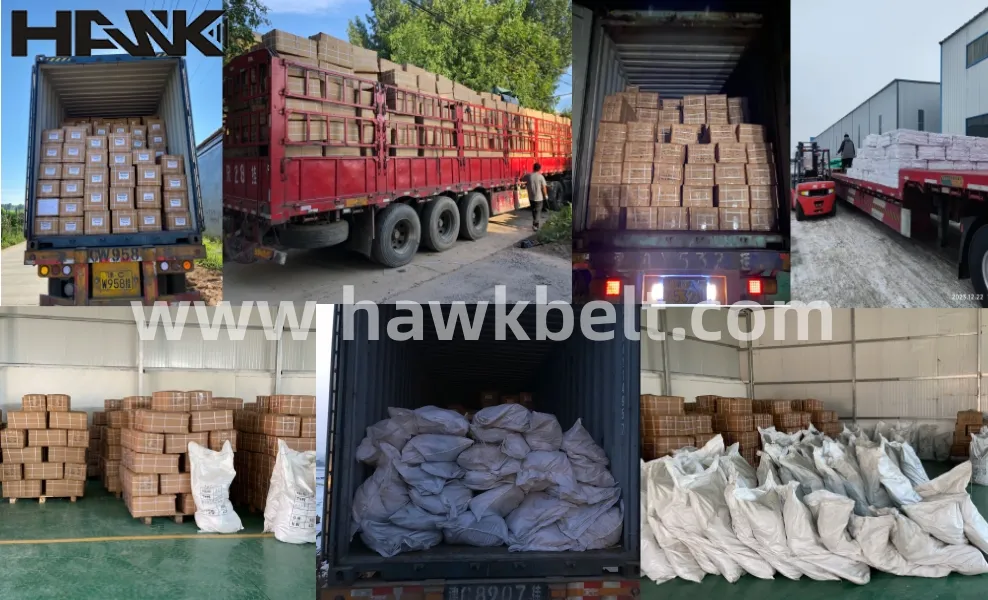- Arabic
- French
- Russian
- Spanish
- Portuguese
- Turkish
- Armenian
- English
- Albanian
- Amharic
- Azerbaijani
- Basque
- Belarusian
- Bengali
- Bosnian
- Bulgarian
- Catalan
- Cebuano
- Corsican
- Croatian
- Czech
- Danish
- Dutch
- Afrikaans
- Esperanto
- Estonian
- Finnish
- Frisian
- Galician
- Georgian
- German
- Greek
- Gujarati
- Haitian Creole
- hausa
- hawaiian
- Hebrew
- Hindi
- Miao
- Hungarian
- Icelandic
- igbo
- Indonesian
- irish
- Italian
- Japanese
- Javanese
- Kannada
- kazakh
- Khmer
- Rwandese
- Korean
- Kurdish
- Kyrgyz
- Lao
- Latin
- Latvian
- Lithuanian
- Luxembourgish
- Macedonian
- Malgashi
- Malay
- Malayalam
- Maltese
- Maori
- Marathi
- Mongolian
- Myanmar
- Nepali
- Norwegian
- Norwegian
- Occitan
- Pashto
- Persian
- Polish
- Punjabi
- Romanian
- Samoan
- Scottish Gaelic
- Serbian
- Sesotho
- Shona
- Sindhi
- Sinhala
- Slovak
- Slovenian
- Somali
- Sundanese
- Swahili
- Swedish
- Tagalog
- Tajik
- Tamil
- Tatar
- Telugu
- Thai
- Turkmen
- Ukrainian
- Urdu
- Uighur
- Uzbek
- Vietnamese
- Welsh
- Bantu
- Yiddish
- Yoruba
- Zulu
Oct . 06, 2024 11:20 Back to list
multi-rib v belt
Understanding Multi-Rib V-Belts A Comprehensive Overview
Multi-rib V-belts, also known as serpentine belts, are an essential component in many automotive and industrial applications. Unlike traditional V-belts, which have a wedge-like shape and operate in a single groove, multi-rib V-belts feature multiple parallel ribs that run along the length of the belt. This design offers several advantages that enhance performance, efficiency, and longevity in various mechanical systems.
Design and Construction
Multi-rib V-belts are typically made from a combination of rubber compounds and reinforcing materials such as polyester or nylon. The ribbed surface aids in gripping the pulleys without slipping, allowing for better power transmission. The flexibility of the belt allows it to navigate around multiple pulleys and tight bends without losing functionality, making it ideal for compact engine designs found in modern vehicles.
One of the most notable characteristics of multi-rib V-belts is their uniform load distribution. The multiple ribs ensure that the load is spread evenly across the belt, reducing wear and tear and extending its service life. This feature is particularly important in applications requiring constant movement and high torque, as it significantly decreases the likelihood of belt failure.
Advantages of Multi-Rib V-Belts
1. Increased Efficiency The design of multi-rib V-belts enables them to transmit power with minimal energy loss. The ribbed surface contributes to a higher coefficient of friction, ensuring that more power is conveyed from the engine to the driven components.
2. Compact Design Due to their ability to wrap around multiple pulleys and operate efficiently in confined spaces, multi-rib V-belts are ideal for modern automotive designs where space is often limited. This compactness allows manufacturers to create smaller engines without sacrificing performance.
multi-rib v belt

3. Versatility Multi-rib V-belts are used in a wide range of applications beyond automotive settings. They can be found in various machinery and appliances, including HVAC systems, lawn equipment, and industrial machinery, highlighting their versatility across different industries.
4. Quieter Operation The multi-rib design allows for smoother operation compared to traditional V-belts. This results in less noise during operation, contributing to a more pleasant user experience, particularly in passenger vehicles.
5. Reduced Maintenance With the uniform load distribution and durability of multi-rib V-belts, these components often require less frequent replacements than standard V-belts. This can lead to lower maintenance costs and reduced downtime for repairs.
Applications
Multi-rib V-belts are primarily found in vehicles where they drive components such as alternators, water pumps, power steering pumps, and air conditioning compressors. Their ability to manage multiple drives within a single belt system simplifies the overall engine layout and reduces the number of components needed.
In industrial settings, these belts are used in conveyor systems, textile machines, and various manufacturing equipment where reliable power transfer is crucial. Their adaptability makes them a staple component in many sectors, providing solutions to power transmission challenges.
Conclusion
In conclusion, multi-rib V-belts play an integral role in modern mechanical engineering, providing reliable and efficient power transmission across various applications. Their unique design offers a multitude of benefits, including enhanced efficiency, durability, and versatility. As technology continues to evolve, the demand for these belts will likely grow, underscoring their importance in both automotive and industrial sectors. Understanding the mechanics and advantages of multi-rib V-belts can lead to better maintenance practices, improved performance, and ultimately, a more efficient operation in the systems they support.
-
Variable Belt Drive AI Optimized for Efficiency
NewsAug.05,2025
-
High-Quality Tensioner Belt Pulley - Durable & Efficient
NewsAug.03,2025
-
Premium Timing Belt Factory | AI-Optimized Solutions
NewsAug.02,2025
-
Heat Joining Drive Belt | High-Durability Fusion Solution
NewsJul.31,2025
-
Timing Belt Video Guide: Selection, Design & Quality Insights
NewsJul.30,2025
-
High-Performance Variable Speed V Belt Drive for Efficient Power Transmission
NewsJul.30,2025

